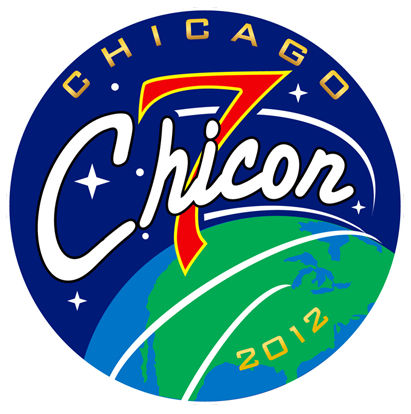I’m about halfway through The Illuminatus! Trilogy, and the most apt description is, if you’ll pardon the language, a mindfuck. Once the writing settles into a coherent structure (or perhaps once the reader is attuned to it), the mind starts noticing connections. Everywhere. It’s as if it was written specifically to induce apophenia.
The most insidious part of the book(s) is the frequent use of historical or other authors’ fictional sources. “Oh, there’s Emperor Norton.” “OK, we’re back to Buckminster Fuller again.” “Hey, that’s right, ‘Tekeli-li!’ does show up in both Lovecraft and Poe.” And this constant mixing of fact with fiction, familiar with strange, and things known to be true with things which seem implausible does make you wonder: how much of this did they make up on their own, and how much did they stitch together out of real events, prior works, and creative synthesis?
After all, if you had never heard of Joshua Norton, and one day heard the story of a man who declared himself Emperor of the United States, and was allowed to continue to make the claim, issue his own currency and get local merchants to accept it, and even settle disputes from time to time… would you believe it? You’d have to check the history books first, wouldn’t you? (Side note: I was actually at the 1993 WorldCon in San Francisco that featured fans dressed as “time travelling guests of honor,” including Mark Twain, Emperor Norton, and others, which is mentioned in the article linked above.)
So of course I’m starting to notice all the eye-in-pyramid symbols — it’s a common motif, after all, like the cross or the ankh, or like using an eagle as a symbol of power — in places like the site icon for catb.org, home of Eric S. Raymond and The Jargon File (in which I looked up a phrase this afternoon), or the logo for Icon Comics (I picked up the new Powers collection today). Everyone’s looked at the back of the dollar bill (the only bill in common circulation that hasn’t been redesigned in the last decade).
But what really confused me was a mention of the Erisians as an actual cult on Kuro5hin, and a subsequent Wikipedia search that actually found the “philosophy” of Discordianism, complete with a diagram of the Sacred Chao (chao being the singular of chaos). And it was clear that, assuming the article is accurate, the subculture and its founding document predate the Wilson/Shea trilogy by several decades.
And that brings me back to the original question: how much is creative invention, and how much is creative connection? What other little-known but real people, organizations, or events are hidden away in these books?
See Also: Convention Photos & Write-Ups


Just finished book two. There’s a mention of Hyperborea. Of course, they had already worked in the Cthulhu mythos by then, so adding Conan is hardly surprising.
Among other things, the trilogy is a slur against fnords in particular, and discordians in general. Is it still a cult if oneself is the only member ?
http://thewebfairy.com/fnord